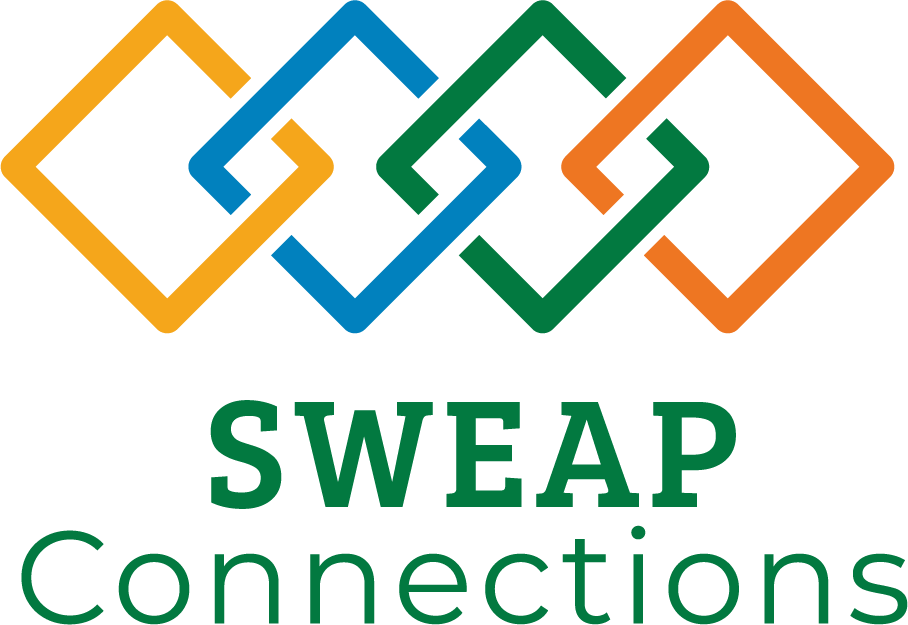Employee absenteeism remains a challenging problem that faces workplaces and HR departments, but it’s a normal cost of doing business. Unfortunately, few organizations can identify exactly how much it costs when it comes to their company’s bottom line. Industry experts estimate that absenteeism can have an enormous cost, with estimates ranging from 14.2 percent of total payroll to an annual $3,600 per hourly employee and $2,650 per salaried employee. That figure reflects the direct costs of paying employees, such as salary continuation, benefits payout, and insurance premiums. The indirect costs of absenteeism, which include paying overtime, hiring temporary help, or a reduction in sales or profits due to lost productivity, can double or even triple that amount.
Gallup’s latest meta-analysis shows that business units in the top one-fourth of employee engagement are 21% more profitable, 17% more productive, have 10% better customer ratings, experience 41% less absenteeism, and suffer 70% fewer safety incidents compared with business units in the bottom fourth. Employees who access EAP services report 52 percent fewer absences than those who do not use such services. So, you can readily see why decreasing absenteeism among your employees can be a boon for your bottom line.
A solid EAP doesn’t cost money; it saves it. An EAP can provide your employees with the support they need to come in every day, and also, to stay fully productive when they’re at work because their lives are more manageable and balanced. While different EAPs offer varying services, most provide psychological support, referrals to services, financial counseling, elder care assistance, and substance abuse services. Employee counseling is an integral part of any EAP service. With the counseling provided in the program, your employees can address and resolve personal issues that can affect their job performance and attendance – whether those issues are related to the workplace or the employee’s personal life.
EAP Reduces Absenteeism and Other Financial Expenditures
Chestnut Global Partners, LLC, conducted a study (“EAPs Can and DO Achieve Positive Workplace Outcomes”) of more than 13,000 EAP users, and found that absenteeism was 46% lower among people who participated in EAP services. During the 30-day period before using EAP services, the participants missed an average of 12.2 hours of work. During the 90 days after participating in EAP services, the participants missed an average of 6.5 hours of work in 30 days.
Employers who invest in an Employee Assistance Program not only benefit from reduced absenteeism, they also reap other financial benefits, including:
- Reduced health care expenses;
- Lessening employee turnover and associated costs;
- Facilitating a quicker return to work after extended absences;
- Increases early detection and care strategies for illnesses and injuries;
- Reduced incidences of workplace accidents.
SWEAP Connections has provided employee assistance programs and risk management solutions to companies since 1978. Our commitment to excellence is founded on the belief that active partnership with our client companies and delivering face-to-face services produces the best results. Contact us today.

